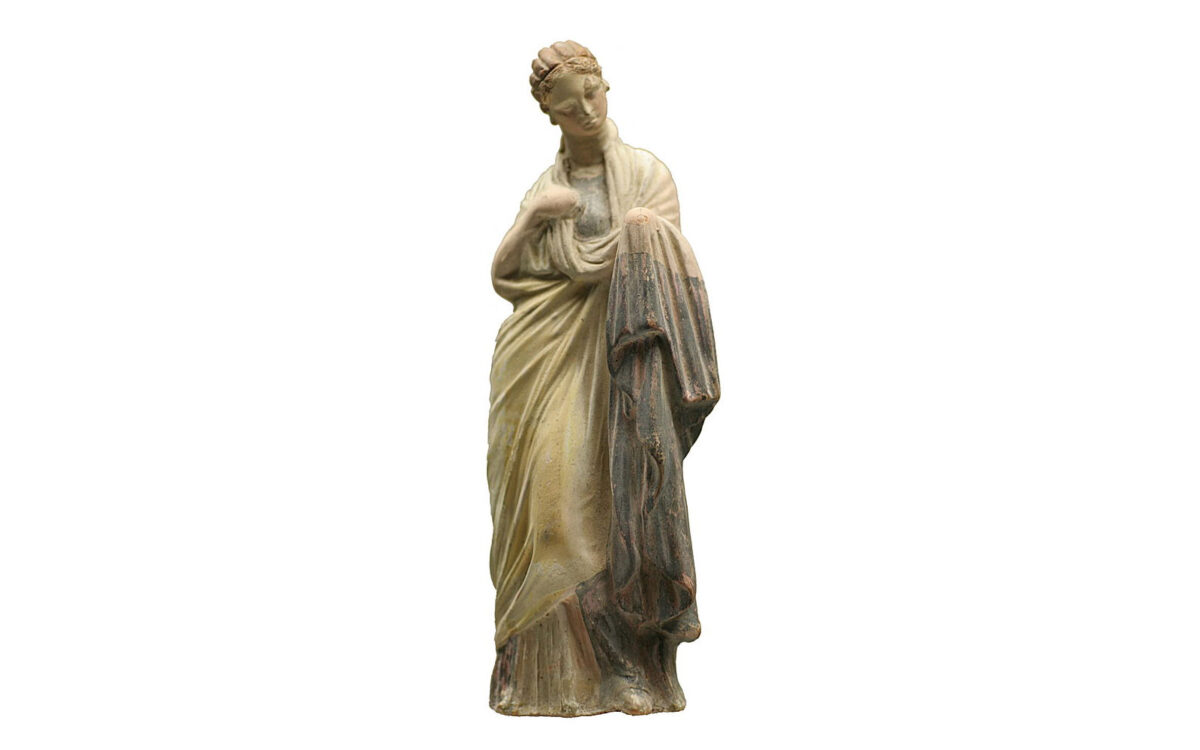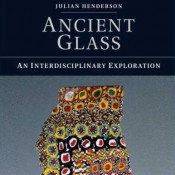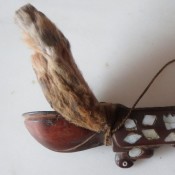AIA Colloquium: “Coroplasts at the Intersection of Craft Boundaries”
In antiquity, coroplasts did not work in isolation. They often collaborated with potters and may themselves have been skilled potters and painters. The coroplasts’ use of molds also allied their craft with that of lamp makers, bronze workers, and makers of dies for coins. In other words, coroplasts practiced their craft in an environment of shared artistic, technical, and cultural traditions. Far from a static craft, the inexpensive, flexible, and swiftly produced terracotta medium meant that coroplasts were ideally poised to adapt and respond to the ever-changing needs of their communities with new forms, techniques, and images drawn from the wide material landscape around them.
Addressing this understudied aspect of terracotta production, the AIA Colloquium investigates the ways in which coroplasts adopted ideas and imagery from bronzeworking, stone sculpture, painted pottery, ivory work, textile production, and other crafts. We invite papers that explore the creative and cognitive processes at work when coroplasts look to another medium for inspiration. The transference of a motif to clay form might change its meaning, function, availability, value, and/or scale, with subsequent impact on the wider social culture of images.
Papers might explore the following issues:
-what is borrowed and how — visual models, techniques, conventions, styles, messages
-the clues by which a borrowed source is detectable
-interpretation of the literary evidence, inscriptions, or fingerprints
-possible motivations for integrating other craft traditions into coroplastic work, such as choices made by makers or patrons, ritual, political, economic, or social needs
-the role of production and technology involved in transference
-modes and routes of dissemination of techniques and imagery between crafts
-how the circulation of imagery and techniques between crafts in different media may lead to new traditions
-the change or stability of meaning in a borrowed image
-the reception of an image in new contexts
-reverse impact: can the borrowing of coroplastic traditions be detected in other media?
Interested scholars should submit for consideration an abstract of approximately 250- 300 words in length by March 20, 2024, to Rebecca Miller Ammerman ([email protected])





